Have you ever been hurt so badly you had to go to the hospital or pharmacy to pick up some painkillers?
These painkillers such as morphine are super addictive and it may cause even more problems with your body then you think.
But not to worry, a team from Pasteur Institute in Paris, France, led by Catherine Rougeot has possibly found a better and safe painkiller treatment. This new treatment is not only free, but also very easy to obtain. This new treatment is our saliva.
Saliva is a clear, watery liquid made by our glands in our mouth area. The liquid made by our mouth contains various kinds of chemicals. One of the chemicals produced is the Opiorphin.
Opiorphin can suppress pain sensation for both chemical-induced inflammation and acute physical pain. Rougeout and her team wanted to test how strong this chemical in our mouth can be by injecting it into rats. These rats had been given either chemically-induced chronic pain or mechanically-induced acute pain in order to test the dosage needed.
For both chemical and physical pain, these poor rats needed about six times as much morphine as opiorphin to keep them from bursting out from the pain.
From the study, the researchers are suspecting that opiorphin plays a big part in blocking our nerve systems, specifically the chemical called enkephalin.
Enekephalin is the trigger-man of our nerve system. It sends a signal to our brain whenever we feel pain to let the rest of our body to react to the situation. In this case, the researchers have found that opiorphin found in our saliva was super effective preventing this event.
However the research was not able to identify the right condition for our body to release such chemical in our saliva. Not to mention the fact that there is legitimate evidence that supports opiorphin affects the physiological control of pain perception.
Despite the critiques, this founding is still ground breaking, and can further improve our medical knowledge in both painkilling and anti-depressive methods according to Rougeout.

Source: Institut Pasteur, (2012, Sep 18) Catherine Rougeot, Institut Pasteur.
This is the interview done at the Pasteur Institute regarding Catherine Rougeout’s founding. (It is in French so no idea what they are saying)
By Jeamin Yoon





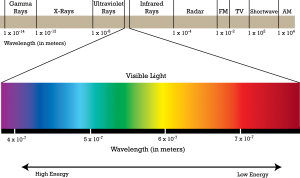

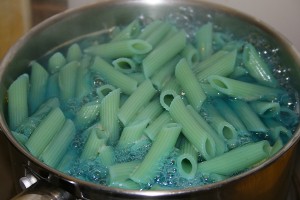
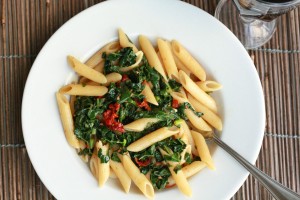

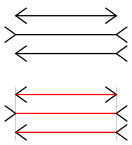


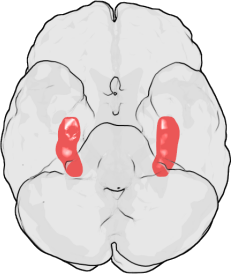
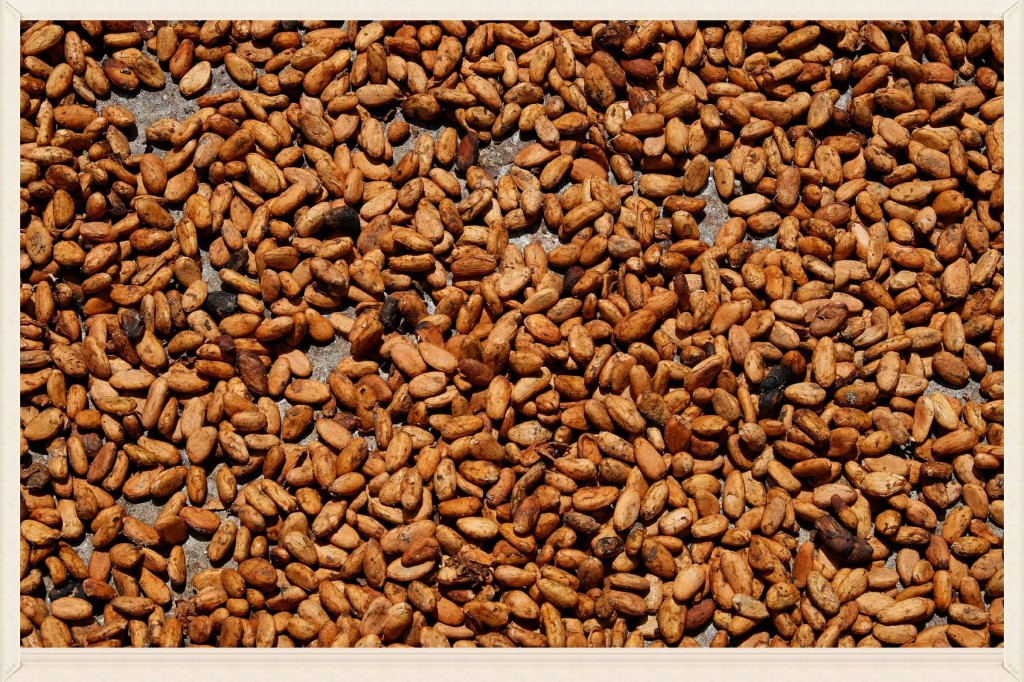

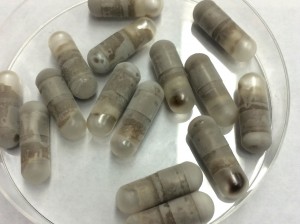
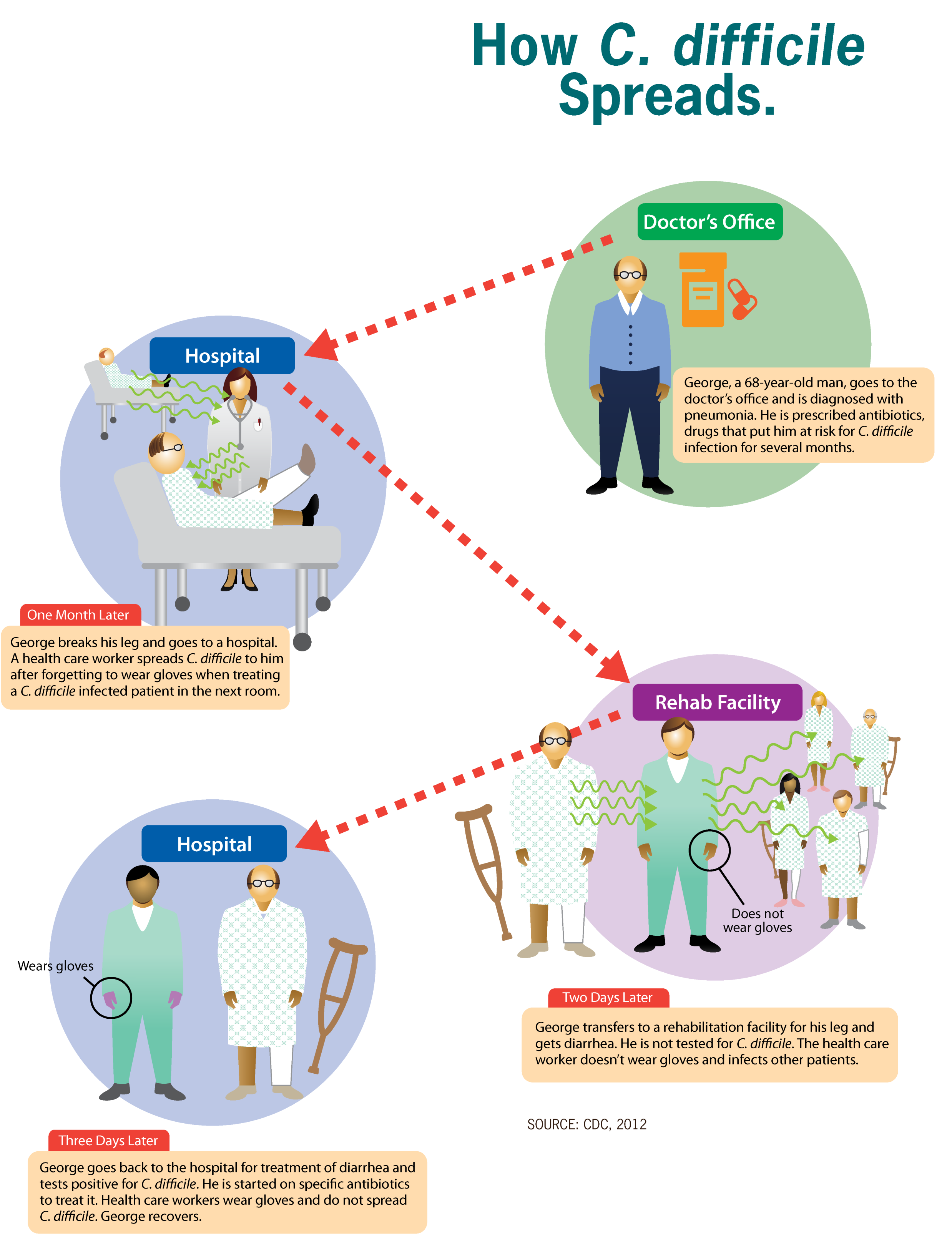


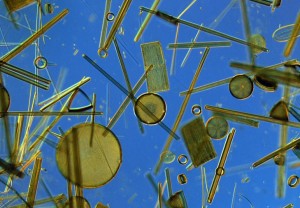

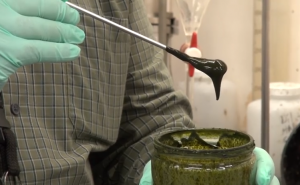






![[Worm Hole Image] http://www.andersoninstitute.com/wormholes.html](https://blogs.ubc.ca/communicatingscience2014w112/files/2014/10/wormhole-characteristics-300x225.jpg)

![[Time Mechanism Image] http://gamasutra.com/blogs/CameronLeBlanc/20130220/187036/Recreating_the_time_mechanics_of_Braid_Part_1.php](https://blogs.ubc.ca/communicatingscience2014w112/files/2014/10/TimeTravel-300x195.jpg)
